Hydrocharis L.
frogbit, kilpukka, floating frogbit
Hydrocharitaceae
Heteranthera (some), Hydrocleys, Limnobium, Limnocharis
Europe, Asia, Africa
Hydrocharis dubia (Blume) Backer
H. morsus-ranae L.
Hydrocharis morsus-ranae is introduced into the United States, Australia, and Canada.
Hydrocharis dubia Backer and H. morsus-ranae are considered weeds in several countries.
creeping, stoloniferous plant with floating and emergentemergent:
(adj) (syn. emersed) with parts raised out of the water; extending up out of the water
 leaves
leaves
Perennial. Stolons creeping, originating from leaf axils. Stipules distinctive. Leaves floating or emergentemergent:
(adj) (syn. emersed) with parts raised out of the water; extending up out of the water
 , in rosettes widely spaced along stolonstolon:
, in rosettes widely spaced along stolonstolon:
(n) an above-ground stem growing more or less horizontally and often forming adventitious roots at the nodes
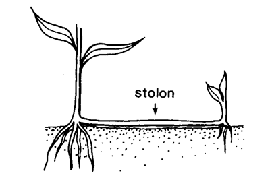 , petiolatepetiolate:
, petiolatepetiolate:
(adj) relating to or in the form of a petiole; bearing petioles
 ; leaf bladeblade:
; leaf bladeblade:
(n) (syn. lamina) the flat, expanded part of a leaf, frond, or petal (excluding, e.g., the petiole)
 ovateovate:
ovateovate:
(adj) egg-shaped in outline; generally with the broad end at or near the base
 to orbicularorbicular:
to orbicularorbicular:
(adj) circular in outline
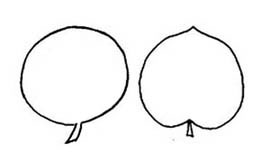 , venationvenation:
, venationvenation:
(n) the arrangement of veins in a leaf
 palmate with cross-veins; base cordatecordate:
palmate with cross-veins; base cordatecordate:
(adj) heart-shaped; in the form of two rounded lobes
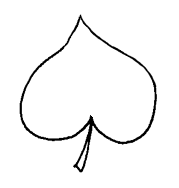 to reniformreniform:
to reniformreniform:
(adj) kidney-shaped
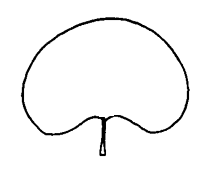 ; marginmargin:
; marginmargin:
(n) edge; rim
 entireentire:
entireentire:
(adj) having a continuous margin that is not toothed or lobed
 ; aerenchymaaerenchyma:
; aerenchymaaerenchyma:
(n) plant tissue with large, gas-filled intercellular spaces that facilitates gaseous exchange and maintains buoyancy
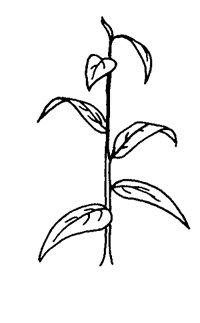 present at base of leaf. Inflorescenceinflorescence:
present at base of leaf. Inflorescenceinflorescence:
(n) the arrangement of flowers on the floral axis
 subtended by spathespathe:
subtended by spathespathe:
(n) a large bract or bracts subtending and often enclosing an inflorescence
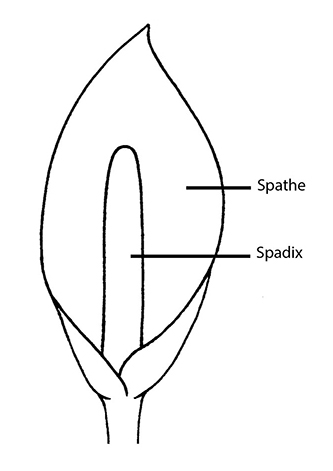 of 1 or 2 bracts. Flowers unisexualunisexual:
of 1 or 2 bracts. Flowers unisexualunisexual:
(adj) (of a flower) with either stamens (male) or pistils (female) but not both; consisting of only male or female flowers
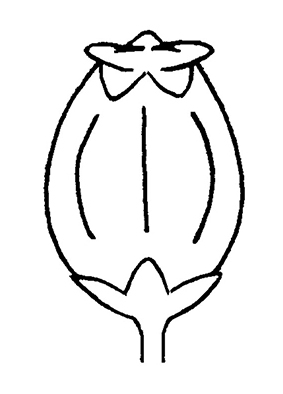 ; male flowers sessilesessile:
; male flowers sessilesessile:
(adj) attached directly, without a stalk
 , 1-4 per spathespathe:
, 1-4 per spathespathe:
(n) a large bract or bracts subtending and often enclosing an inflorescence
 ; female flowers pedicellatepedicellate:
; female flowers pedicellatepedicellate:
(adj) borne on a pedicel
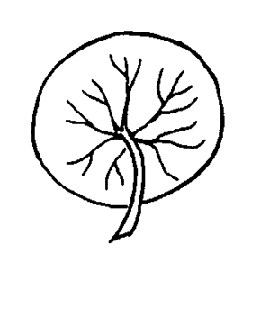 , solitary; sepals 3; petals 3. Dispersal by seed and stem fragments.
, solitary; sepals 3; petals 3. Dispersal by seed and stem fragments.
shallow waters of swamps, ponds, and lakes
Hydrocharis dubia is considered threatened in some regions of the world and weedy in others. Hydrocharis chevalieri (de Wildeman) Dandy is a mostly emergentemergent:
(adj) (syn. emersed) with parts raised out of the water; extending up out of the water
 , African species that is not cultivated at present.
, African species that is not cultivated at present.